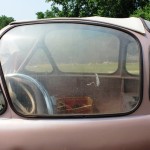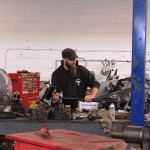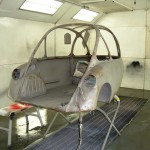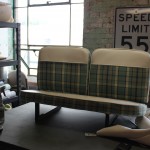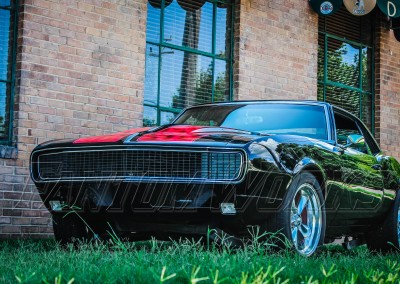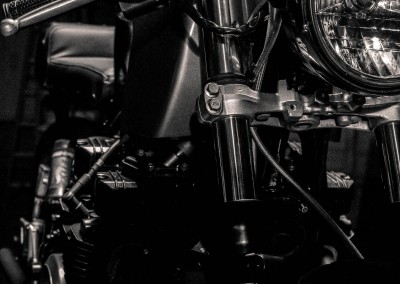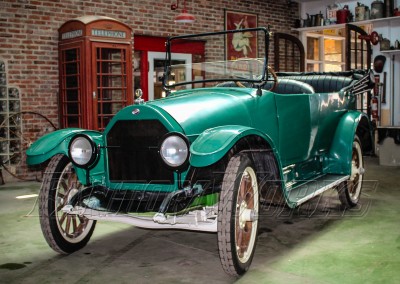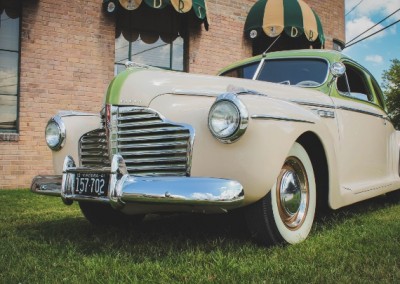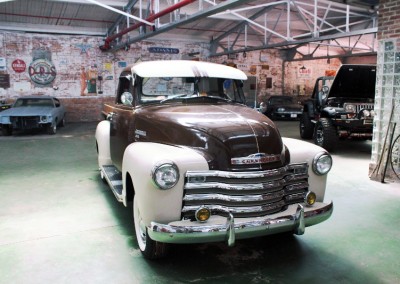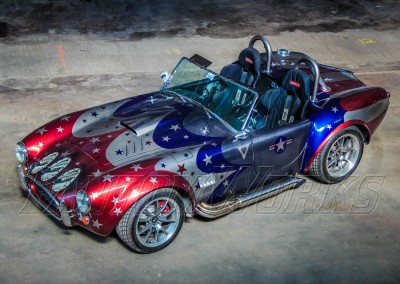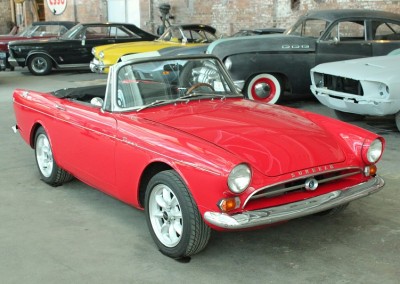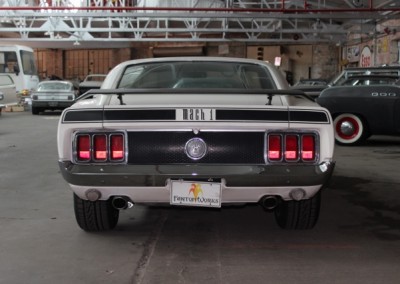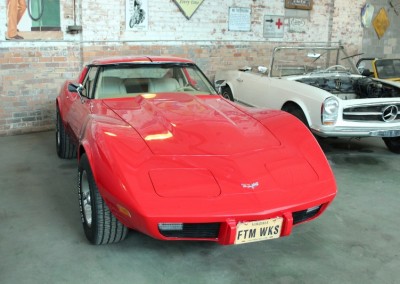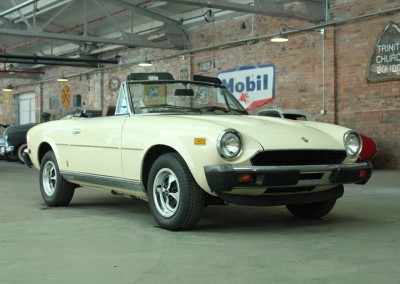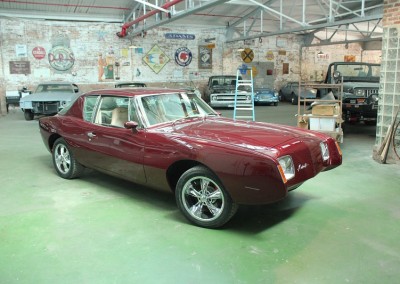1957 Heinkel Kabine

As seen on Season Two of FantomWorks
Owner Insight: Coming Soon!
Explore the Project Galleries
Arrival
Disassembly
Strip & Metal Fab
Mechanical
Body & Paint
Detail & Trim
Finish
The microcar, a vehicle born out of need, was a child of its time and became the symbol of a people’s spirit. World War II came to an end in 1945 and Europe lay in ruins. A shell-shocked population came out of the bomb shelters and faced an unimaginable scene of devastation and ruin. As if the seemingly endless task of clearing away the rubble wasn’t enough, there were crippling shortages of food, raw materials, electricity and gas. Value and worth were measured in Chesterfield cigarettes. The population collectively rolled up its sleeves and went to work. The astonishing rebuilding of an entire continent over a period of ten years was accomplished through a unity of spirit and purpose unimaginable today. Bright, talented engineers, many out of the former aircraft industry, put their minds to the problems of mobilizing the population under adverse conditions. It’s said that the true master reveals himself within limitations and so this focusing of energy and talent resulted in an enormous variety of small vehicles; some successful, others less so – but all of them interesting!
Aircraft designer Ernst Heinkel saw the Iso Isetta, and decided that he could do one better, using aircraft principles and making it lighter yet faster with a smaller engine. He did just that with the Kabine 150, the quintessential “bubble car” with its large window area and longer, sleeker lines, that were a cross between Isetta and Messerschmitt.
In October 1956, he introduced the Kabine 153 (three-wheeler) and 154 (four wheeler) with the trusty four-stroke motor enlarged to 203cc. From March 1957 this was reduced to 198cc for insurance reasons. Read more about Microcars at: http://www.microcarmuseum.com/info.html

